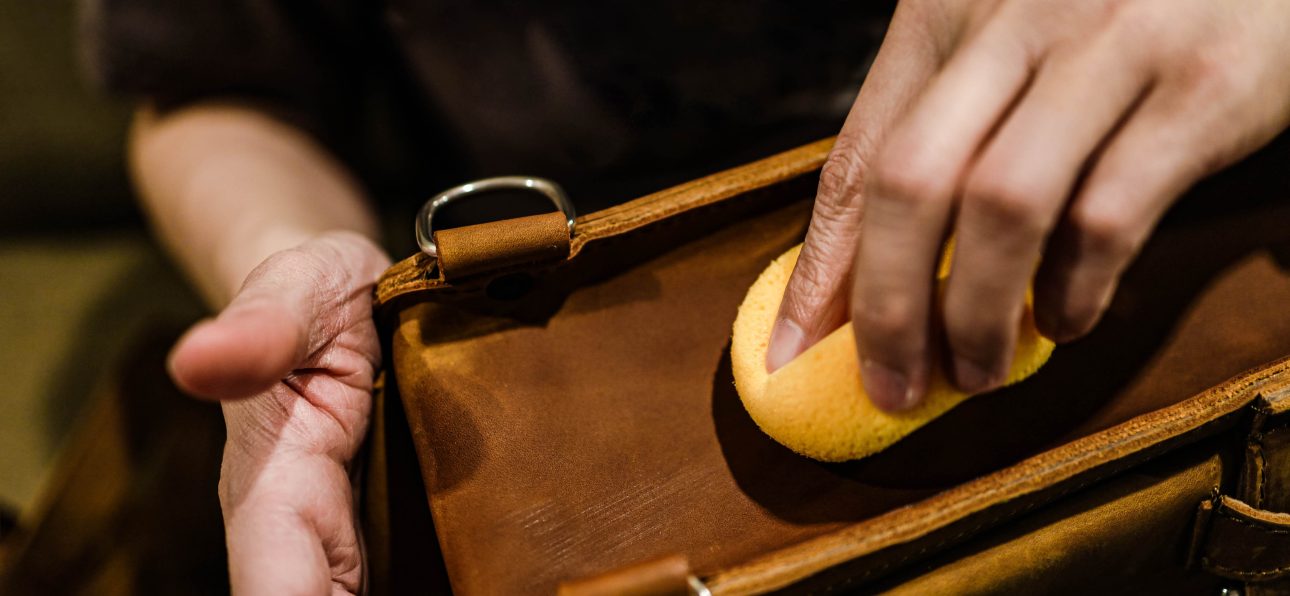Moroccan handmade goods have a unique charm and elegance that can’t be replicated easily. Among these treasures, Moroccan leather products stand out for their exceptional craftsmanship and durability. To ensure that your Moroccan leather items last a lifetime, it’s crucial to understand the art of Moroccan leather care. In this comprehensive guide, we’ll explore the best practices and essential tips to maintain the beauty and longevity of your cherished Moroccan leather goods.
Table of Contents
| 1 | The Art of Moroccan Leather |
| 2 | Why Moroccan Leather? |
| 3 | Understanding Moroccan Leather |
| 4 | Cleaning and Maintenance |
| 5 | Protecting from Moisture |
| 6 | Storing Moroccan Leather |
| 7 | Treating Stains and Scratches |
| 8 | Reviving Color and Shine |
| 9 | When to Seek Professional Help |
| 10 | Conclusion |
| 11 | FAQs about Moroccan Leather |
1. The Art of Moroccan Leather
Moroccan leather has a rich history dating back centuries. It’s handcrafted using traditional techniques passed down through generations. This artistry involves tanning the leather with natural dyes and treating it with care and precision. The result is leather that’s soft, supple, and rich in character.
2. Why Moroccan Leather?
Moroccan handmade goods, especially leather products, are known for their exceptional quality. They are versatile, stylish, and can withstand the test of time with proper care. The uniqueness of Moroccan leather lies in the handmade craftsmanship and the use of organic materials, making each piece one of a kind.
3. Understanding Moroccan Leather
Before we delve into the care tips, it’s essential to understand the type of leather you’re dealing with. Moroccan leather typically falls into two categories: full-grain and top-grain leather. Full-grain is the top-quality option, as it retains the natural grain and imperfections of the hide, giving it a unique and authentic look. Top-grain is still high-quality but has a more uniform appearance.
4. Cleaning and Maintenance
To maintain your Moroccan leather goods, regular cleaning is essential. Use a damp cloth to wipe away dust and dirt. Avoid harsh chemicals and abrasive cleaning tools as they can damage the leather’s natural texture. Conditioning your leather with a high-quality leather conditioner is also recommended to keep it soft and prevent cracking.
5. Protecting from Moisture
Moroccan leather is sensitive to moisture. Exposure to water or high humidity can lead to mold growth and leather damage. To protect your leather goods, store them in a dry place and use a waterproof spray to create a barrier against moisture.
6. Storing Moroccan Leather
When not in use, it’s essential to store your Moroccan leather items properly. Keep them in a cool, dry place away from direct sunlight. Avoid stacking heavy items on your leather goods, as this can cause creases and deformation.
7. Treating Stains and Scratches
Accidents happen, and stains or scratches may occur on your Moroccan leather. To address these issues, use a leather cleaner specifically designed for your type of leather. Gently rub the affected area and follow the product’s instructions. For scratches, you can use a leather balm to restore the smooth surface.
8. Reviving Color and Shine
Over time, the color and shine of your Moroccan leather may fade. You can revive the luster by using a leather color restorer. Choose a product that matches the color of your leather and follow the application instructions. A simple application can breathe new life into your leather items.
9. When to Seek Professional Help
While you can handle most maintenance tasks yourself, there are times when professional assistance is required. If your Moroccan leather experiences severe damage or requires complex restoration, it’s best to consult a professional leather craftsman. They have the expertise and tools to rejuvenate your leather items.
10. Conclusion
Moroccan leather is more than just a material; it’s a piece of history and culture. With the right care, your Moroccan leather goods can last for generations, becoming family heirlooms. By following these tips and investing in the maintenance of your beloved items, you can continue to enjoy their beauty and functionality.
11. FAQs about Moroccan Leather
Q1: How often should I clean my Moroccan leather items?
Regular cleaning is essential to prevent dirt buildup. Wipe them down with a damp cloth every few weeks, or more frequently if they are exposed to dirt or dust.
Q2: Can I use a regular leather conditioner on Moroccan leather?
It’s best to use a conditioner specifically designed for Moroccan leather, as it’s made to preserve the unique qualities of this type of leather.
Q3: My Moroccan leather item got wet. What should I do?
If your leather item gets wet, gently pat it dry with a clean cloth and let it air dry naturally. Do not use heat sources like hairdryers, as they can damage the leather.
Q4: Are Moroccan leather goods expensive to maintain?
Not at all. Proper maintenance with the right products can extend the life of your Moroccan leather items without significant ongoing costs.
Q5: Can I store my Moroccan leather items in a plastic bag for protection?
It’s best to avoid plastic bags, as they can trap moisture and damage the leather. Instead, use a breathable cloth or a dust bag for protection.
In conclusion, Moroccan handmade goods, especially leather products, are a testament to time-honored craftsmanship. By understanding and applying these Moroccan leather care tips, you can ensure that your treasured items remain a symbol of elegance and culture, enhancing your life and style for years to come.
